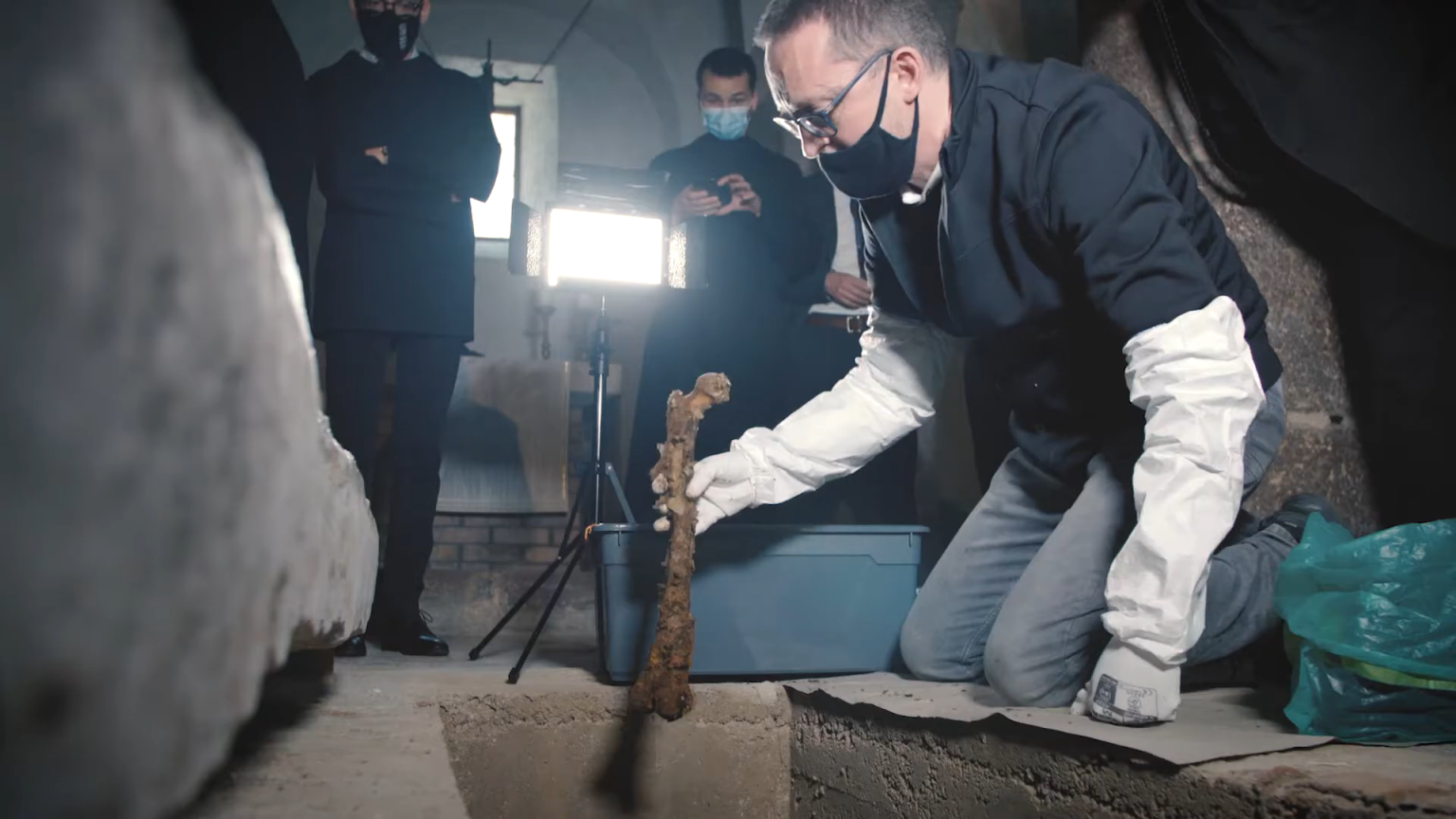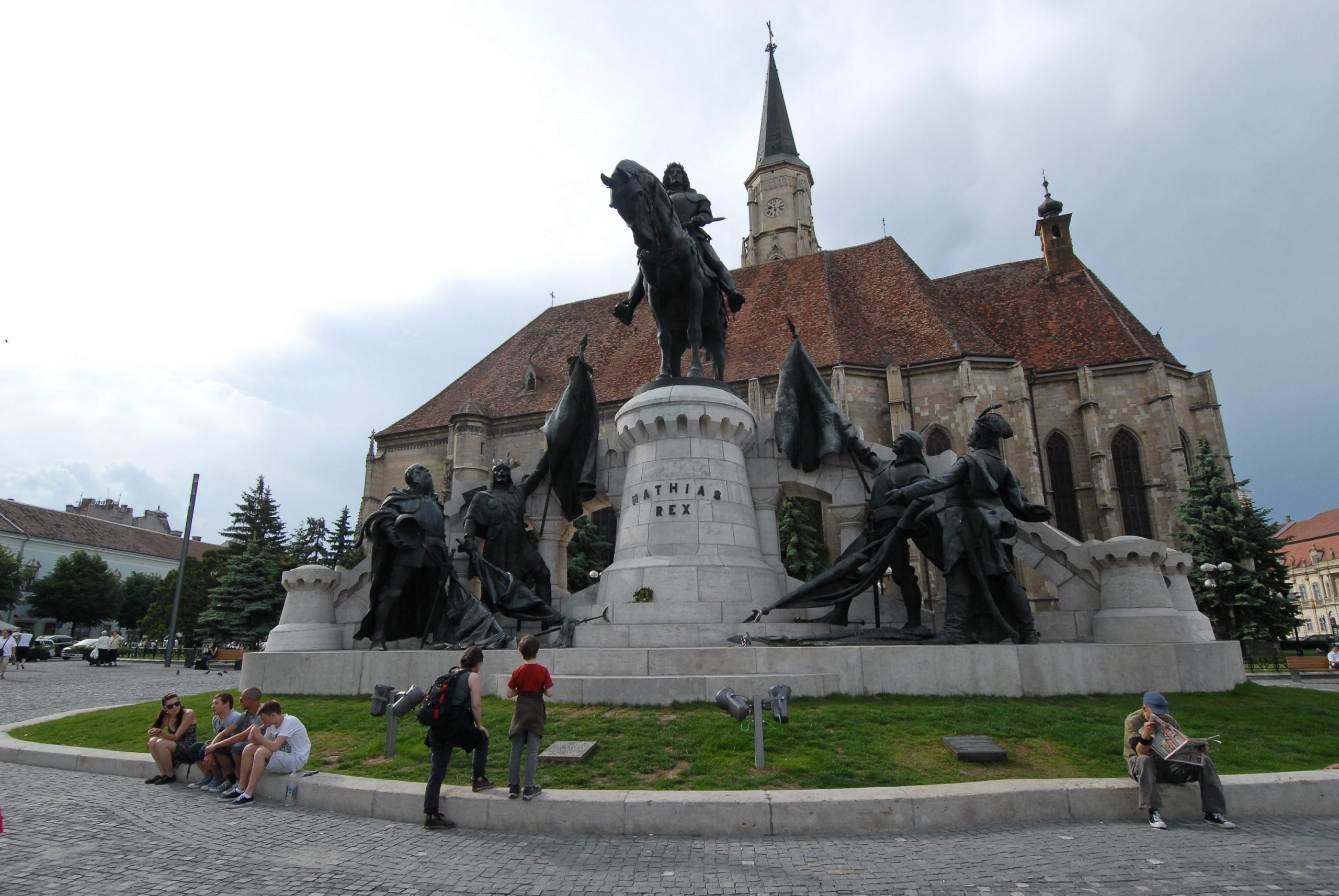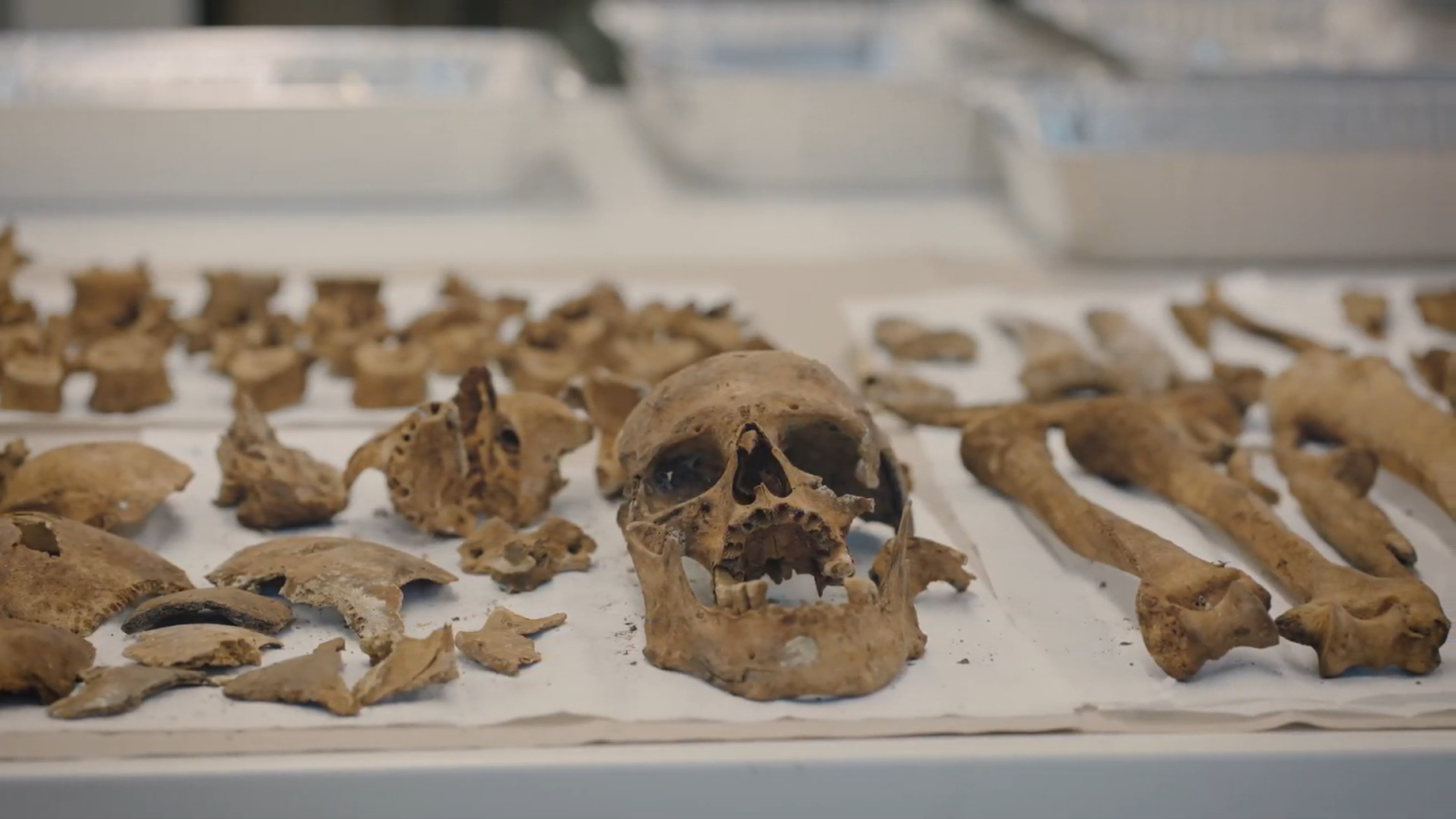
The staff of the Research Center for the Humanities has reported a sensational find: the remains of the former Hungarian King Andrew I and his family were identified in the abbey of Tihany on Lake Balaton, which he founded.
This article was originally published on our sister-site, Ungarn Heute.
Although King Andrew I had himself designated the monastery as the burial place for him and his family in the founding charter of Tihany Abbey, and according to the chronicles he and his son David were also buried there on the peninsula in 1060 and around 1090, respectively, this fact has only now been confirmed with the help of modern technology.
Related article
Experts Establish Hungarian Royal Hunyadi Family's DNA Profile
Experts of the National History Research Institute (MKI) have identified the DNA profile of the Hunyadi family, the family of Hungary’s renaissance King Matthias I (Mátyás) who reigned in Hungary between 1458-1490, the head of MKI’s archaeology institute told public Kossuth Radio on Tuesday. Miklós Makoldi said that the experts had used bone samples of […]Continue reading
The last time archaeological activities were carried out in the area of the crypt was in 1953, which the Research Center for the Humanities wanted to certify with the current excavation. This time, four tombs from the 11th century were found, three of which are located in the same part of the three naves. The fourth grave – probably the child’s – was found at the western end of the northern nave, not far from the others.
Fact
King Andrew I (1015-1060) was the ruler of Hungary from the Árpád family between 1046 and 1060. His wife was Queen Anastasia of Kyiv. Among other things, the foundation of the Benedictine Abbey of Tihany on Lake Balaton is connected with his name. The relationship with the neighboring Holy Roman Empire was rather tense: between 1051 and 1052, King Henry III undertook two campaigns against Hungary, which actually ended successfully for Hungary, as Andrew was able to block supplies on the Danube. He was finally able to make peace with Henry IV’s successor in September 1058, so that Solomon, Andrew’s son, was able to unite with Henry IV’s sister, Judith.
According to the research center, the four graves are not only a testimony of time, but also a representation of an earlier branch of the Árpád dynasty.
Balázs Gusztáv Mende, Senior Research Fellow at the Institute of Archaeogenomics, Faculty of Humanities, conducted an anthropological study of the bone material, followed by carbon dating of the remains.
Related article
Remains of a 7,000-Year-Old Settlement Discovered in a Budapest District - Photos!
Based on the fine ceramic pieces with incised and painted decoration, the majority of the finds can be assigned to the so-called Zseliz group of the Danubian Bandkeramic Culture.Continue reading
The proportion of carbon with isotopes of mass number 14 decreases with time so that the absolute age of the organic samples can be determined. The tests were first carried out in the radiocarbon laboratory of ATOMKI – Isotoptech Zrt. in Debrecen and then, based on the results of the measurements made there, in two internationally renowned laboratories (Poznan and Mannheim).
From the laboratory tests, it became clear that the skeletal remains of the two adult men date back to the 11th century when the crypt was first used. Furthermore, it was confirmed that the crypt was not used for burials after that, as the remaining bones found were from later centuries.

ELKH – Youtube

ELKH – Youtube
From the sources of the documents, the previous results of the historical research and the historical tradition of the abbey, as well as from the current excavation, according to the staff of the Research Center, it can be concluded that the remains from the 11th century are those of King Andrew I and his family.
Source: HVG, Doksi.net
Featured image via ELKH – Youtube




